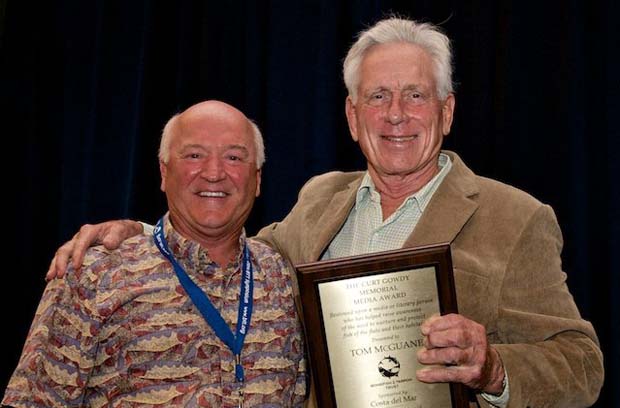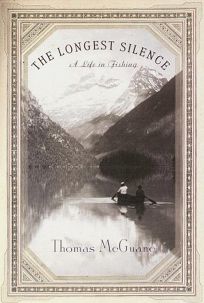Are we “no longer fitted for quietness and contemplation.” – Izaak Walton
[dropcap]A[/dropcap]bout twice a year, I dust my bookshelf and clean books. It never fails that I don’t get intrigued by a book I read long ago, didn’t forget, and tease myself into the opening; just a few pages… well, maybe only this chapter – you know the rest.
The most comfortable chair in my small, Appalachian’s foothills apartment can easily be swung around for the best reading light for a fall afternoon.
My remaining library is a conservation book collection and short story fiction books or novellas that I covet and eagerly reread. I’m like my children that way; read the same story, over and over and over until – Dad, “It says she jumped off the box, not fell off the box.”
This cleaning cycle, a usual suspect fell victim, The Longest Silence, maybe McGuane’s best short stories
It’s in the rereading that you find new sentences, paragraphs, and brand new meaning. In anything fishing, fly fishing, McGuane speaks the language of anglers through his characters. His people always uniquely equipped, even family members, or flawed, but it’s the knowing how to tell that separates him. Feeling things, seeing things, smelling things, the bungling, the pain, the joy, the taste, the sex.
In Idaho, Ireland, Iceland – who will be the riverkeeper. On Key West, “. . . a great and corrupt gardenia of an island.” McGuane has always had a great disdain for the pretentiousness found in fly fishing club circles. He pounds on those who “scramble to name flies and knots after themselves with a self-aggrandizing ardor unknown since the Borgia popes.” With McGuane’s The Longest Silence, like with any short story from Hemingway or Harrison, you get more than a book in less than 50 pages.
Featured Image: Bill Klyn (L), Co-Chairman of Membership for Bonefish & Tarpon Trust, presents author Tom McGuane with the Curt Gowdy Media Memorial Award at the Bonefish and Tarpon Trust’s 5th International Symposium in 2014. Photo by Pat Ford.



